This is the third part of our Octopath Traveler review. Read the previous two parts for contextualization and thoughts on other parts of the game:
Octopath Traveler review-in-progress, Part 1: A breath of fresh, nostalgic air
Octopath Traveler review, Part 2: The path is yours
When it comes to long games — especially RPGs — there’s always the risk of quality rising and dipping harshly as the game goes on. One of the more exaggerated examples of this that comes to mind is Bravely Default, a game with an excellent first half that quickly teeters and falls as you progress into the second. Bravely Second, too, was stronger earlier on before petering out a bit in the final act. And it’s hard not to think of those two titles when I reflect on the end of my journey in Octopath Traveler, which was developed by the same team — in that what began as a truly marvelous JRPG at some point simply lost some oomph.
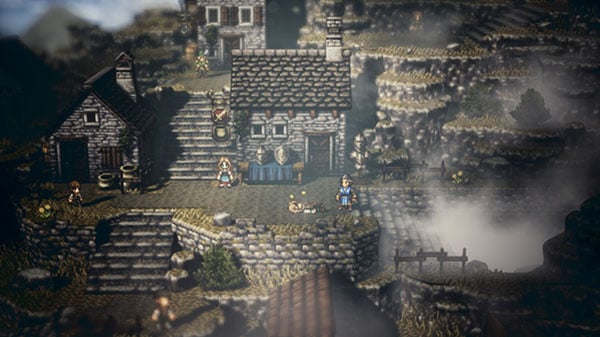
I don’t wish to sound completely deflated — I still enjoyed much of my time with the game, and still feel that its stronger aspects (battle and side quest mechanics especially) stand out within the genre. But I’ve hit the point where I’ve long burned out on playing it, and am quite content to hang up the proverbial towel at around 65 hours, despite the fact that there is plenty more to do.
A tangled web
The main source of the stymying comes from the game’s narrative(s), which ended up spiraling in such a variety of directions that to adequately surmise their overall quality in a sentence or two feels impossible. While they all began strong, if a bit archetypal, the variety in both tone and caliber ended up with stories ranging from pleasantly banal to a sighing disappointment. None were offensively bad from beginning to end, and each had at least one or two moments I appreciated, but almost every single one had a significant flaw or two.
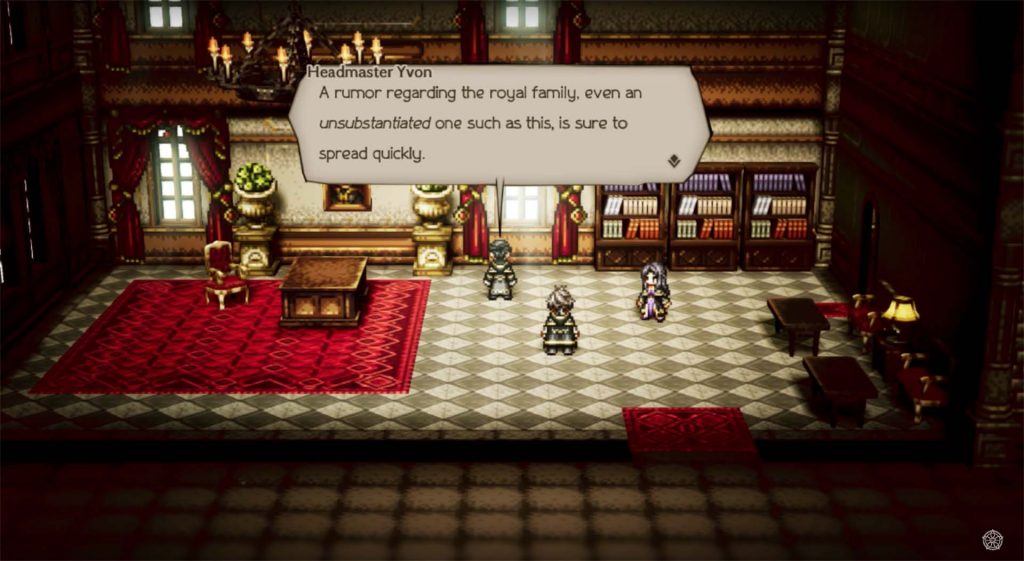
In general, the more episodic stories — those of Alfyn and Tressa — felt the strongest, simply because they meshed with the game’s structures and offered stakes less typical of an RPG narrative. Others, like Ophilia and Olberic, had tales with strong emotional cores but whiffed on certain aspects later on, while yet more — H’aanit, Therion, and Cyrus — fit in some nice development or moments while ending up just alright. The only grievous head-shaker was Primrose’s, which seemed to be going for a stark revenge plot but eventually devolved into schlocky melodrama thanks to a bad guy who would not stop opining.
I didn’t mind the lack of cohesion between the disparate stories so much — in fact, the end of each tended to provide a little connection to another, and played out well — but the copied story structure in each combined with uneven writing led to me growing a bit weary by the end of it. While I was going strong right up until I finished the last character’s story, as soon as the credits rolled I found myself wanting to do little post-game content. And while there is plenty to discover (including a super-secret final boss that I had to look up guides to even figure out how to unlock, which is… unfortunate), at the moment I can’t quite bring myself to trudge through any of it, especially since the grind picks up at that point. (The level curve for the rest of the game is actually quite smooth, provided you check out side areas and don’t skip too many random encounters.)
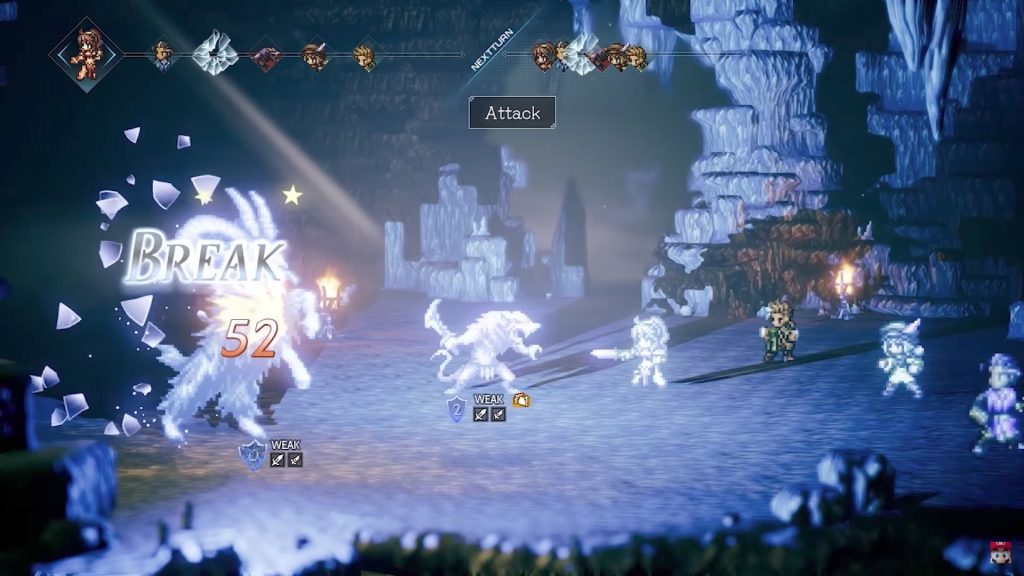
I think what bothered me more than the lack of intertwining between the plots was the fact that they didn’t cohere very well. If there was a more consistent tone — whether it be lighthearted adventure or a more serious contemplativeness — then perhaps there would be a more complete picture, and more whole work. But the variety is cast too wide; it feels more like the stories just happen to take place in the same world rather than contribute something thematically to a grander point. And to some, that might be alright. But there were times when the tonal whiplash was just striking.
One for the road
Bellyaching aside, there are definitely parts of Octopath Traveler that keep strong to the very end, or even get better. Each of the Chapter 4 bosses was not only memorable and appropriately climactic, but showcased a fine difficulty that relied on strategy and optimization over brute numbers. Octopath’s environments and overall aesthetic never wavered, delivering atmospheric goodness in each and every one of the game’s myriad areas. And despite my grievances with the plot, I still loved the main cast dearly — which only makes the relative lack of interaction between them all sting more.
It might sound like my opinion has turned significantly on the game since I first began, and to a certain degree that’s true, but I would be lying if I said I wasn’t enjoying the game greatly for much of it. As sour as I am on the plot resolutions, I can still vividly remember my pure joy at the 20 hour mark or so, right as the game hit the peak of its stride and seemed poised to become a modern classic. I was prepared to declare it one of the best games of the year, an essential for any discerning Switch owner, and one that future developers should take note of. And from certain angles, I think that’s still true. But I also can’t shake the lingering weariness I felt as I finished — a “finally!” rather than a “aw, that’s the end?”
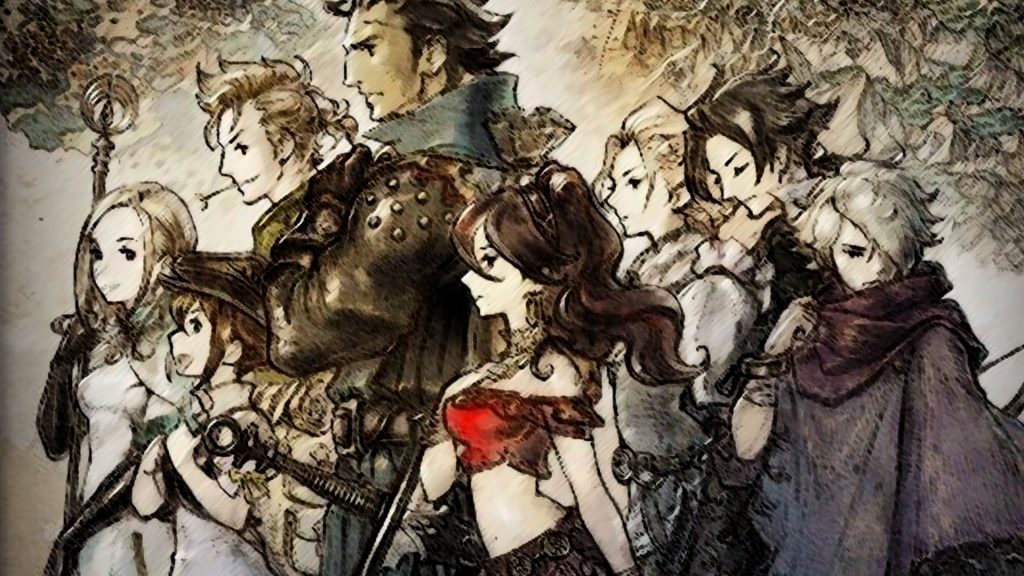
And that makes scoring this game rather tough. Looking at the various parts, there are still many more positives than negatives, and it’s an easy recommend to fans of RPGs (particularly to those SNES fans). But chances are it won’t change your mind on the genre, either. If random encounters, turn-based battles, and plodding plots are your bugbears, then this ain’t your game. Most of the positive details — the job system, the little party interactions, the tactical nature of battles, and the flavor of the world — I’ve talked about previously, and I don’t know if there’s much to say on them as I wind down the review.
Like Bravely Default and Bravely Second before it, Octopath Traveler is a game with many high highs and a few low lows. Yet it manages to stand out more than those two thanks to its unique structure, battle system, and stylism, which show a push forward beyond simple appeals to nostalgia. In one sense it’s telling that I feel completely done with a game after 65 hours; in another, it means something that many of those were wondrous. No game can last forever, and no game should. And the fact that it’s flexible enough to let you take things at your own pace does mean that I’ll certainly pick it back up and soldier through to completion at some point. But for the moment, I’m ready to put up my feet, and feel satisfied with the paths I’ve taken.
Leave a Comment
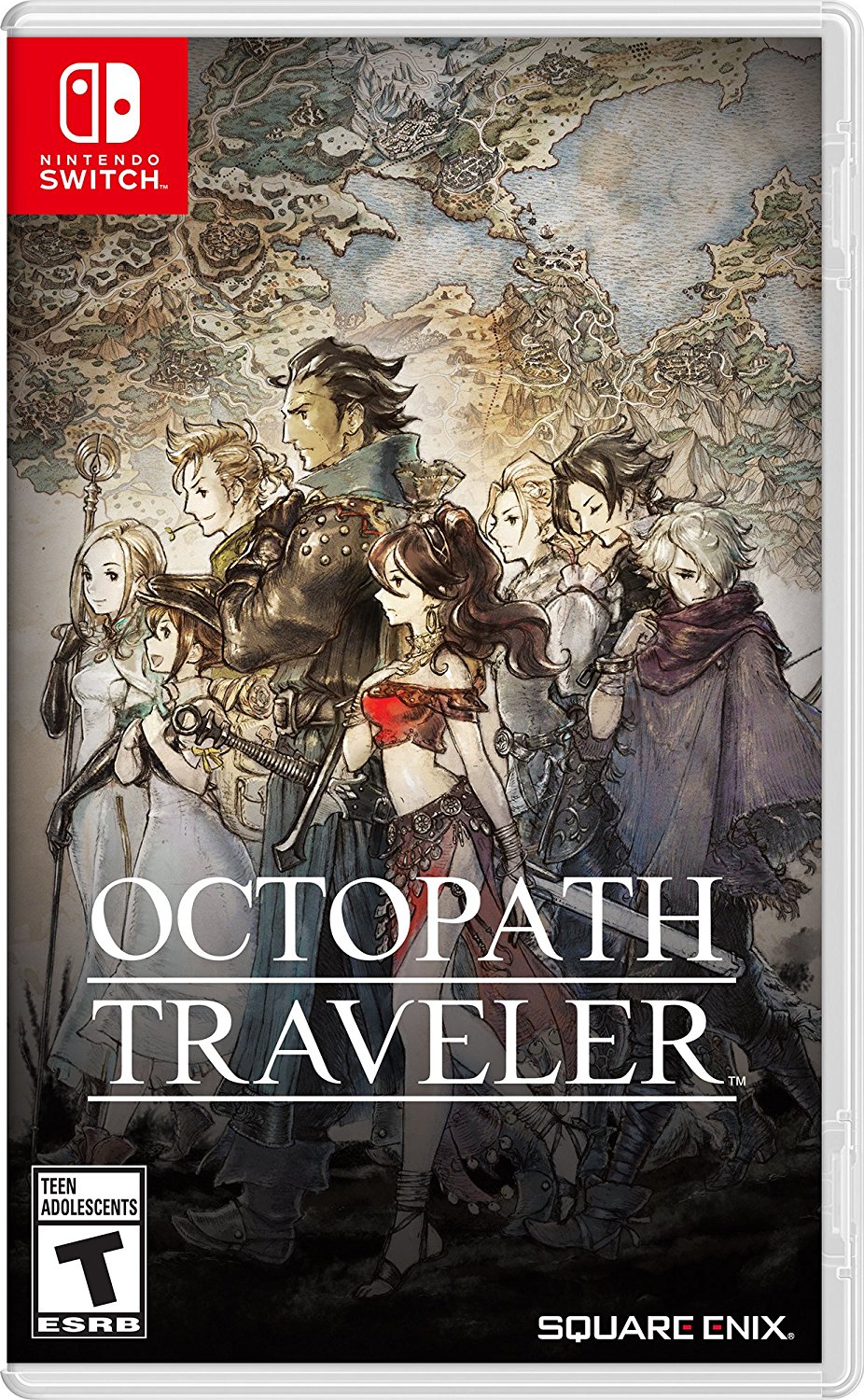
System: Nintendo Switch
Release Date: July 13, 2018
Categories: Role-Playing, Adventure
Publisher: Nintendo
Developer: Square Enix


